Meta Founder and CEO Mark Zuckerberg unveiled AI tasks and Meta’s work on AI research at Inside the Lab event to make the metaverse a reality.
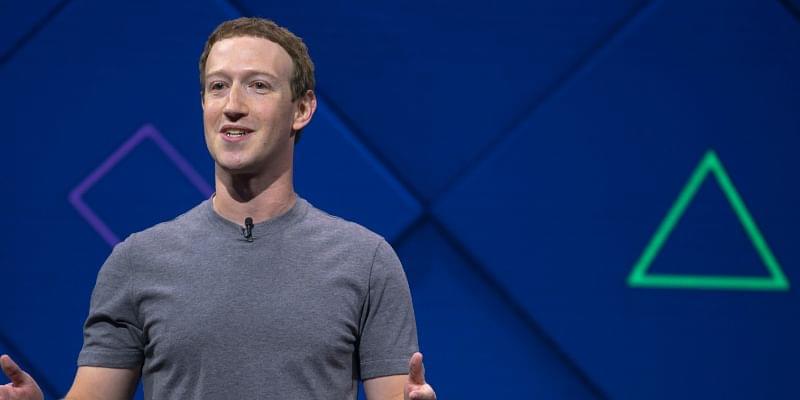

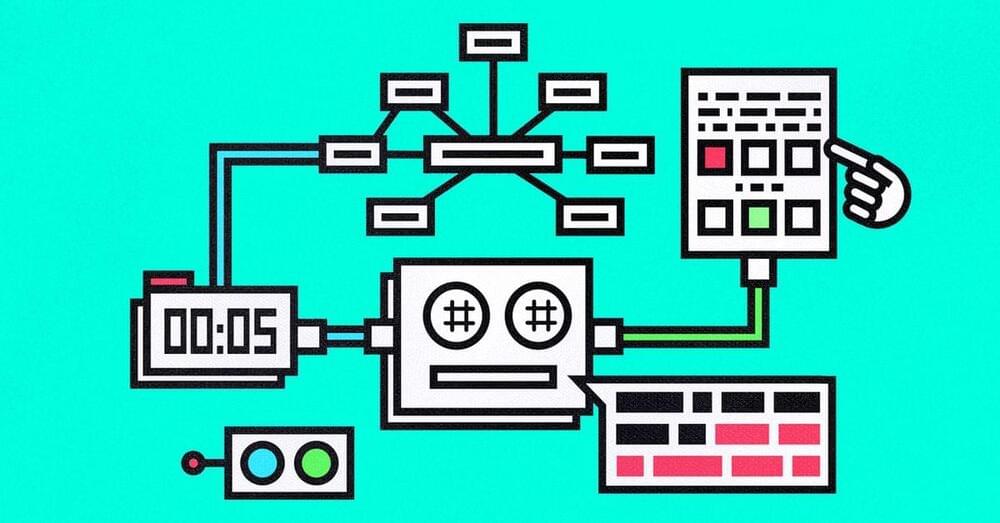

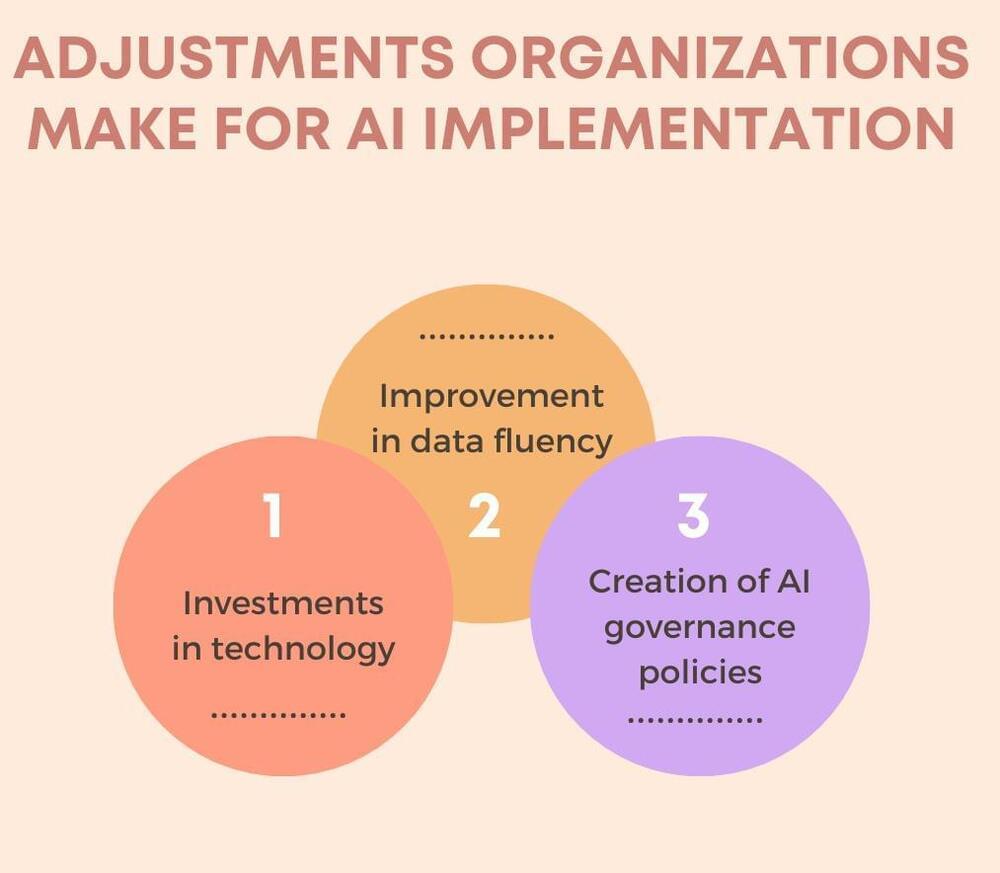

The “Special Purpose Unmanned Rifle” has materialized from your Black Mirror nightmares.
Science fiction has seeped into science reality this week, as a robotics company showed off its sniper rifle-equipped robo-dog at the Association of the U.S. Army’s annual convention in Washington, D.C.
✈︎ Don’t miss our best-in-class military news. Join our squadron.

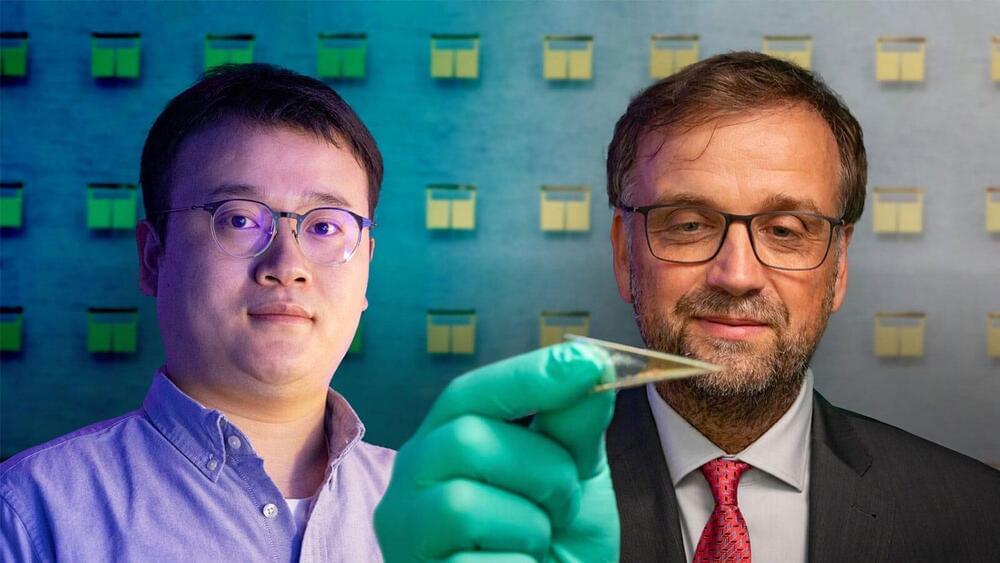
The new microbattery is roughly the size of a gain of dust – less than one square millimeter – and has a minimum energy density of 100 microwatt hours per square centimeter. To achieve this, the team winded up current collectors and electrode strips made of polymeric, metallic, and dielectric materials at the microscale. The researchers used Swiss-roll or micro-origami process.
The layered system with inherent tension is created by consecutively coating thin layers of polymeric, metallic, and dielectric materials onto a wafer surface. The mechanical tension is released by peeling off the thin layers, which then automatically snap back to roll up into a Swiss-Roll architecture to create a self-wound cylinder microbattery. The method is compatible with established chip manufacturing technologies and capable of producing high throughput microbatteries on a wafer surface.
The team behind the world’s smallest battery says it could be used in the human body, where tiny sensors and actuators require a continuous power supply. They also claim that the rechargeable microbatteries could also power the world’s smallest computer chips for about ten hours – for example, to measure the local ambient temperature continuously. In addition, it has great potential in future micro-and nanoelectronic sensorics and actuator technologies, in the Internet of Things, miniaturized medical implants, microrobotic systems, and ultra–flexible electronics.
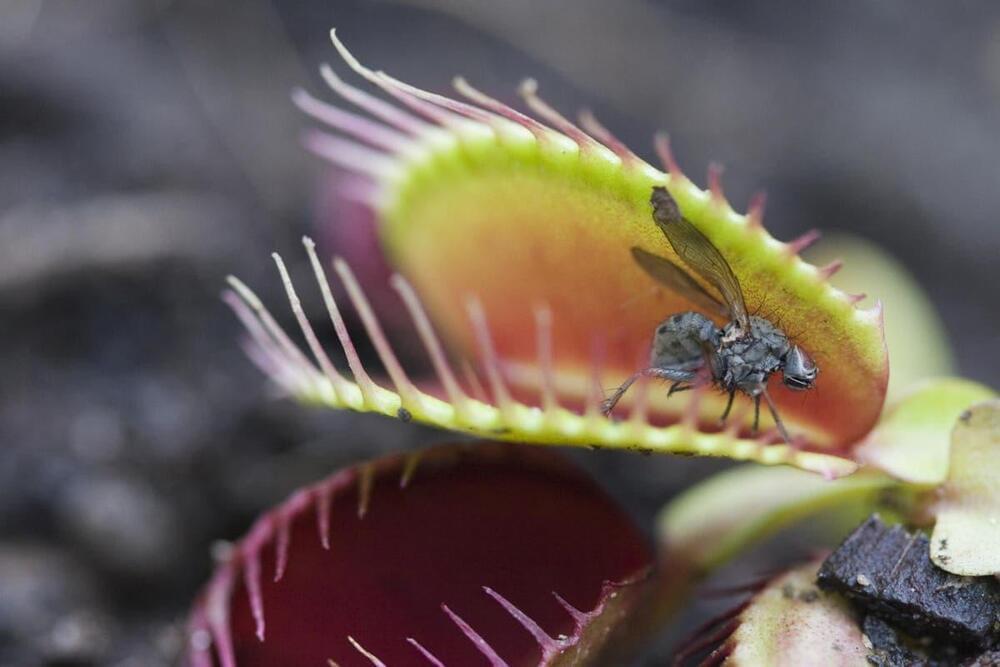
🚨 A major breakthrough.
Scientists have successfully implanted an artificial neuron into a Venus Flytrap, in what could be a major breakthrough in the merging of living things and computers.
The neuron was able to control the plant, making its lobes close, the scientists report.
That in turn could be a major step towards the development of brain-machine interfaces as well as intelligent robots, they suggest. Such technology will require computers and living things to combine – but that has so far proven difficult.

Imagine a field of wheat that extends to the horizon, being grown for flour that will be made into bread to feed cities’ worth of people. Imagine that all authority for tilling, planting, fertilizing, monitoring and harvesting this field has been delegated to artificial intelligence: algorithms that control drip-irrigation systems, self-driving tractors and combine harvesters, clever enough to respond to the weather and the exact needs of the crop. Then imagine a hacker messes things up.